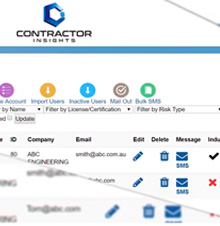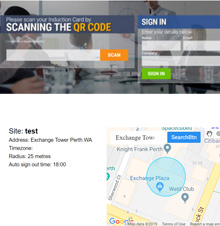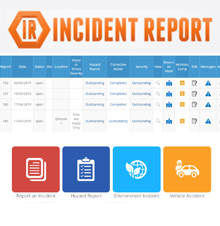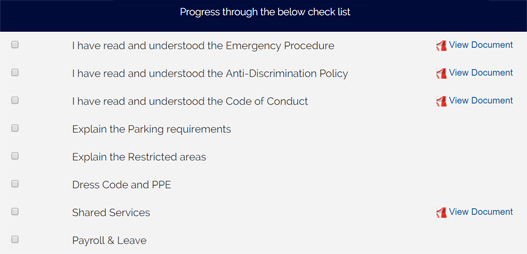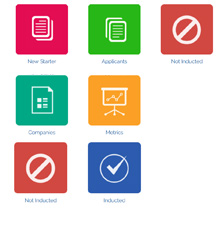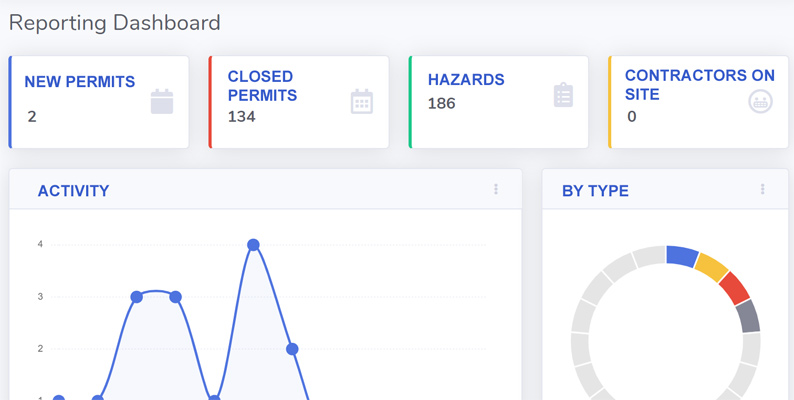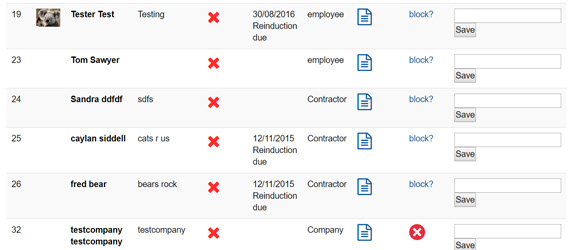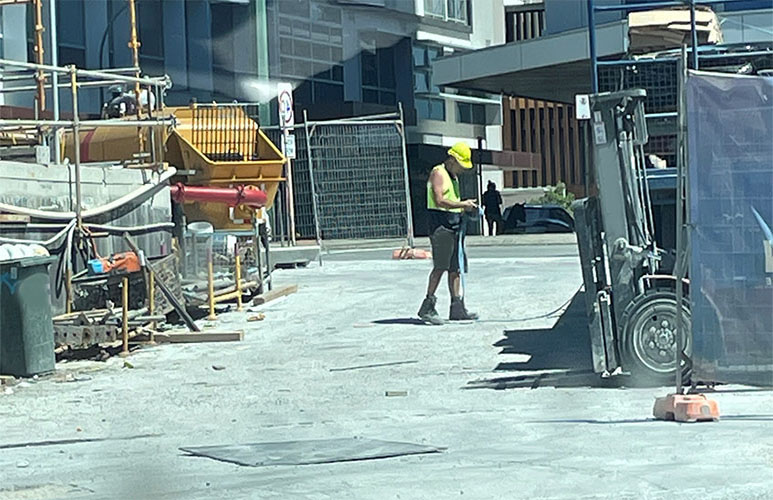Site Visit Report: Setup, Guide and Examples
Online Induction >> Site Visit ReportPublished 08/09/2025
 A site visit report is a comprehensive document that provides an overview of the observations, findings, and recommendations made during an on-site inspection or assessment. This report serves as a vital tool for stakeholders to understand the current state of a specific location or project site, including its condition, potential risks, and compliance with regulations. Site visit reports are commonly utilized in various industries such as construction, real estate, and facilities management to facilitate informed decision-making and ensure accountability. By detailing the key aspects of a site visit, including environmental factors, safety considerations, and operational efficiency, this report contributes to enhancing transparency and communication among involved parties.
A site visit report is a comprehensive document that provides an overview of the observations, findings, and recommendations made during an on-site inspection or assessment. This report serves as a vital tool for stakeholders to understand the current state of a specific location or project site, including its condition, potential risks, and compliance with regulations. Site visit reports are commonly utilized in various industries such as construction, real estate, and facilities management to facilitate informed decision-making and ensure accountability. By detailing the key aspects of a site visit, including environmental factors, safety considerations, and operational efficiency, this report contributes to enhancing transparency and communication among involved parties.
The significance of a site visit report lies in its ability to capture the nuances and intricacies of a physical location through firsthand observations and evaluations. Through meticulous documentation of the site's characteristics, challenges, and opportunities, this report aids in establishing a factual basis for subsequent planning, development, and remediation efforts. Furthermore, it enables organizations to demonstrate their commitment to due diligence and regulatory compliance by maintaining accurate records of site inspections. Overall, a well-crafted site visit report serves as a valuable resource for fostering accountability, risk management, and strategic decision-making within diverse professional contexts.
This might be an area generated from your visitor sign in system.
Guide: What to include in a Site Visit Report?
When preparing a site visit report, it is crucial to include comprehensive details about the location, observations made during the visit, and any recommendations for improvement. The report should cover all aspects of the site, including its physical condition, safety measures, and compliance with regulations. Additionally, incorporating photographs and diagrams can enhance the report's visual appeal and provide further context for the reader. By including these elements in a site visit report, you can ensure that your findings are clearly communicated and effectively documented.In a thorough site visit report, it is essential to include information about the purpose of the visit, key personnel involved, and any challenges or obstacles encountered during the inspection. This will give readers a complete understanding of the context in which your observations were made and allow them to assess the validity of your findings. Furthermore, providing an overview of any environmental factors or external influences that may impact the site's performance can offer valuable insights into its overall functionality. By incorporating these details into your report, you can create a comprehensive and informative document that serves as a valuable resource for stakeholders.
A well-structured site visit report should also address any potential risks or hazards identified during the inspection process and outline specific actions to mitigate these concerns. This proactive approach demonstrates a commitment to ensuring the safety and integrity of the site while also fostering a culture of accountability and transparency. Additionally, including a summary of key findings and actionable recommendations at the end of the report can help prioritize next steps and facilitate timely decision-making. By incorporating these components into your site visit report, you can deliver a thorough and impactful assessment that supports informed decision-making and drives positive outcomes.
When creating a site visit report, it is important to include the following information:
- Date of the visit: start with stating the date and time of your visit. This will provide context for the subsequent observations and findings
- Purpose of the visit: state the purpose of your visit, whether it was for an inspection, survey or evaluation
- Site information: provide a brief description of the location you are visiting, including the physical address, area or size of the site and any other relevant details
- Background information: there is any relevant background information about the site or project, include it in your report. This may include previous reports, plans or any other documentation
- Observations: detail all the observations you made during your visit. Be sure to include both positive and negative findings and document them in a clear and organized manner. Include details such as specific locations within the site, equipment and processes observed
Who needs a site visit report?
Site visit reports are an essential tool for businesses and organizations looking to assess the progress and status of their projects. These reports provide a comprehensive overview of the conditions, challenges, and opportunities present at a specific site, allowing stakeholders to make informed decisions and address any issues that may arise. From construction companies to environmental agencies, anyone involved in on-site activities can benefit from the valuable insights and observations documented in a site visit report.Whether you're managing a construction project, overseeing facility maintenance, or conducting environmental assessments, a site visit report can streamline communication and ensure accountability throughout the process. By capturing detailed information about site conditions, safety protocols, and potential risks, these reports serve as an invaluable resource for project managers, inspectors, and regulatory agencies alike. With its ability to document critical findings and facilitate transparent communication among team members, the site visit report is a versatile tool that enhances operational efficiency and promotes best practices across various industries.
Site Visit Report Structure
Upon receiving a site visit report, organizations can leverage the gathered data to implement targeted improvements and address any identified issues. Whether it's optimizing workflow processes, enhancing facility maintenance, or ensuring regulatory compliance, the insights derived from the report empower businesses to take proactive measures that align with their goals. Additionally, sharing the findings with relevant stakeholders fosters transparency and accountability, driving collective efforts towards achieving operational excellence.A well structured site visit report not only serves as a historical record but also informs future planning and resource allocation. By analyzing trends and patterns over time, businesses can track progress, measure the impact of implemented changes, and refine their strategies accordingly. This cyclical approach to utilizing site visit reports enables continuous enhancement of operational performance while promoting a culture of continuous improvement within the organization.



